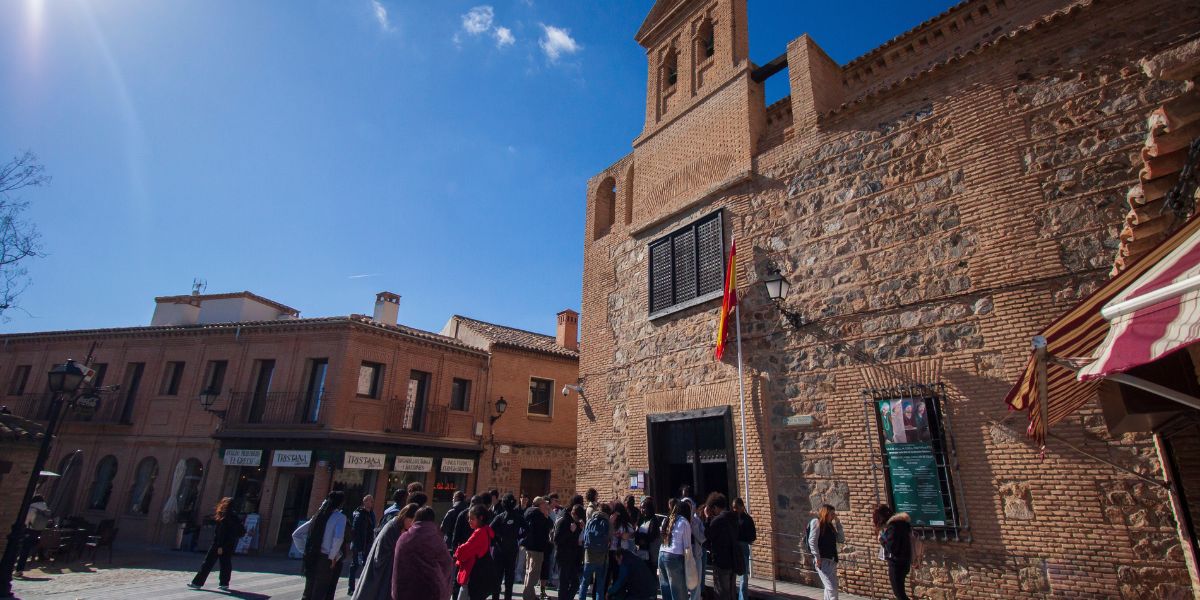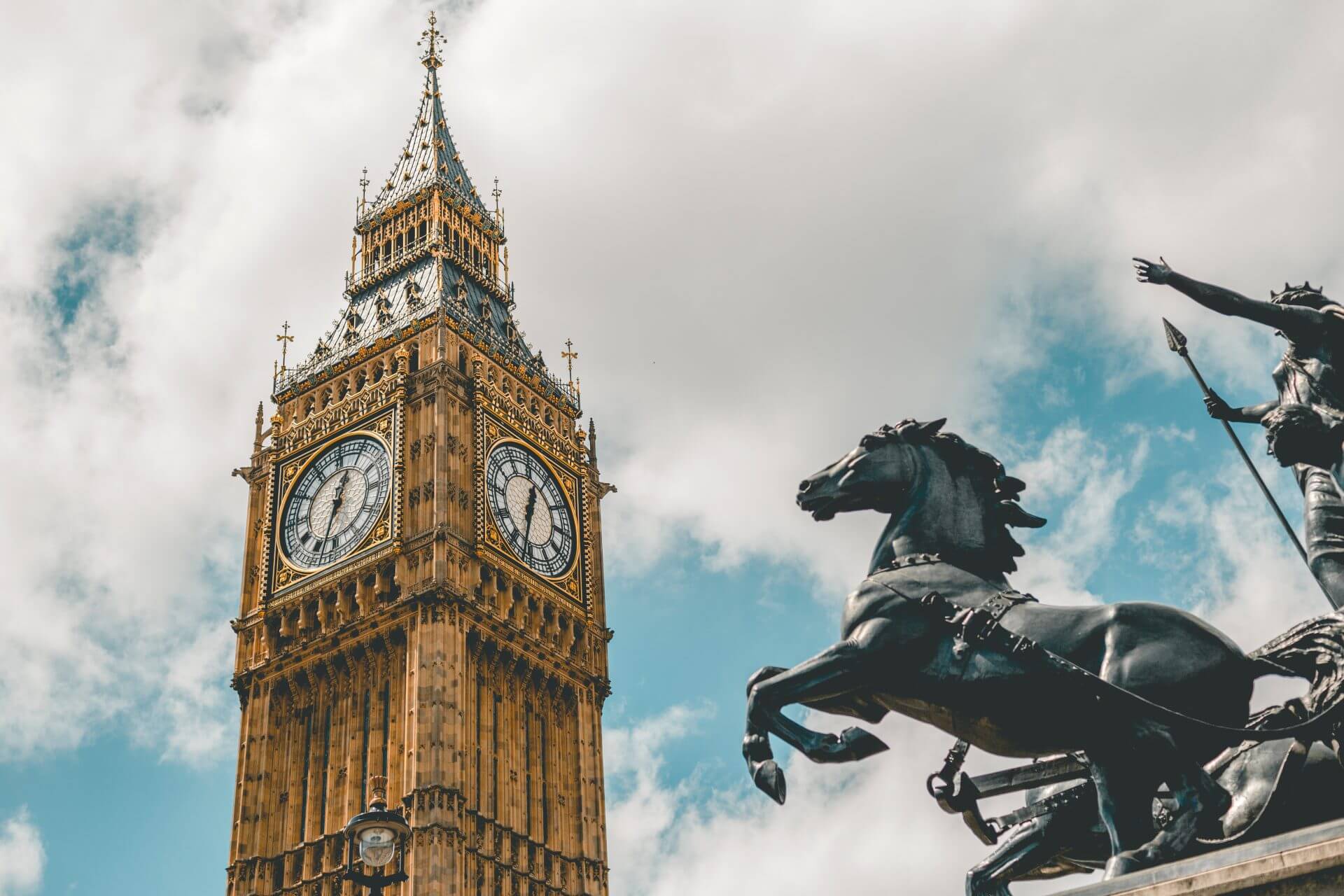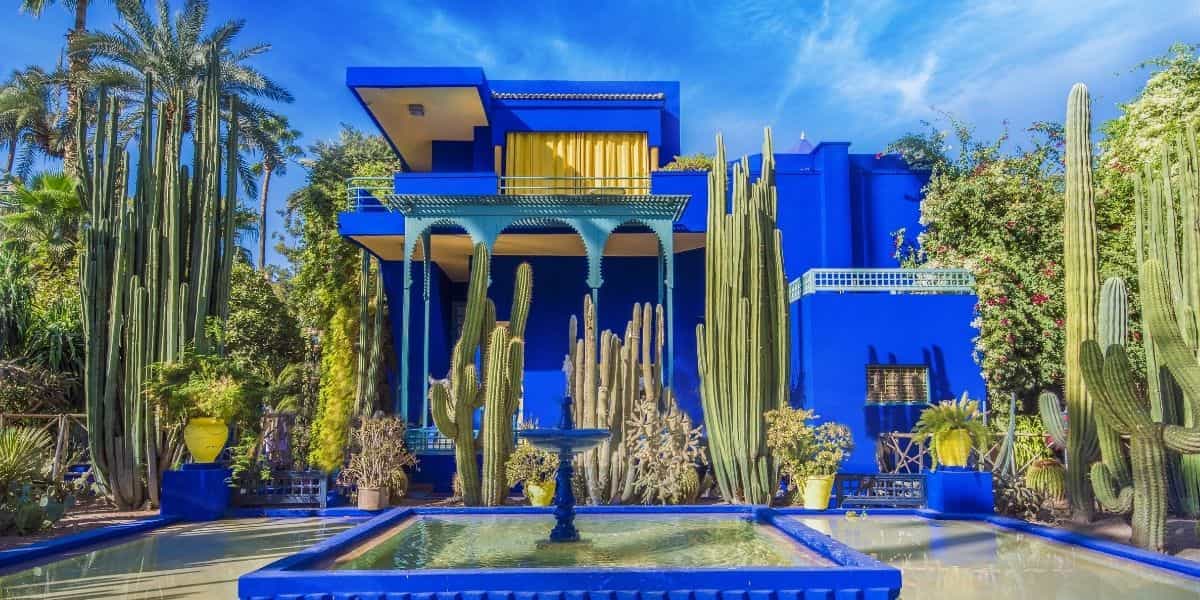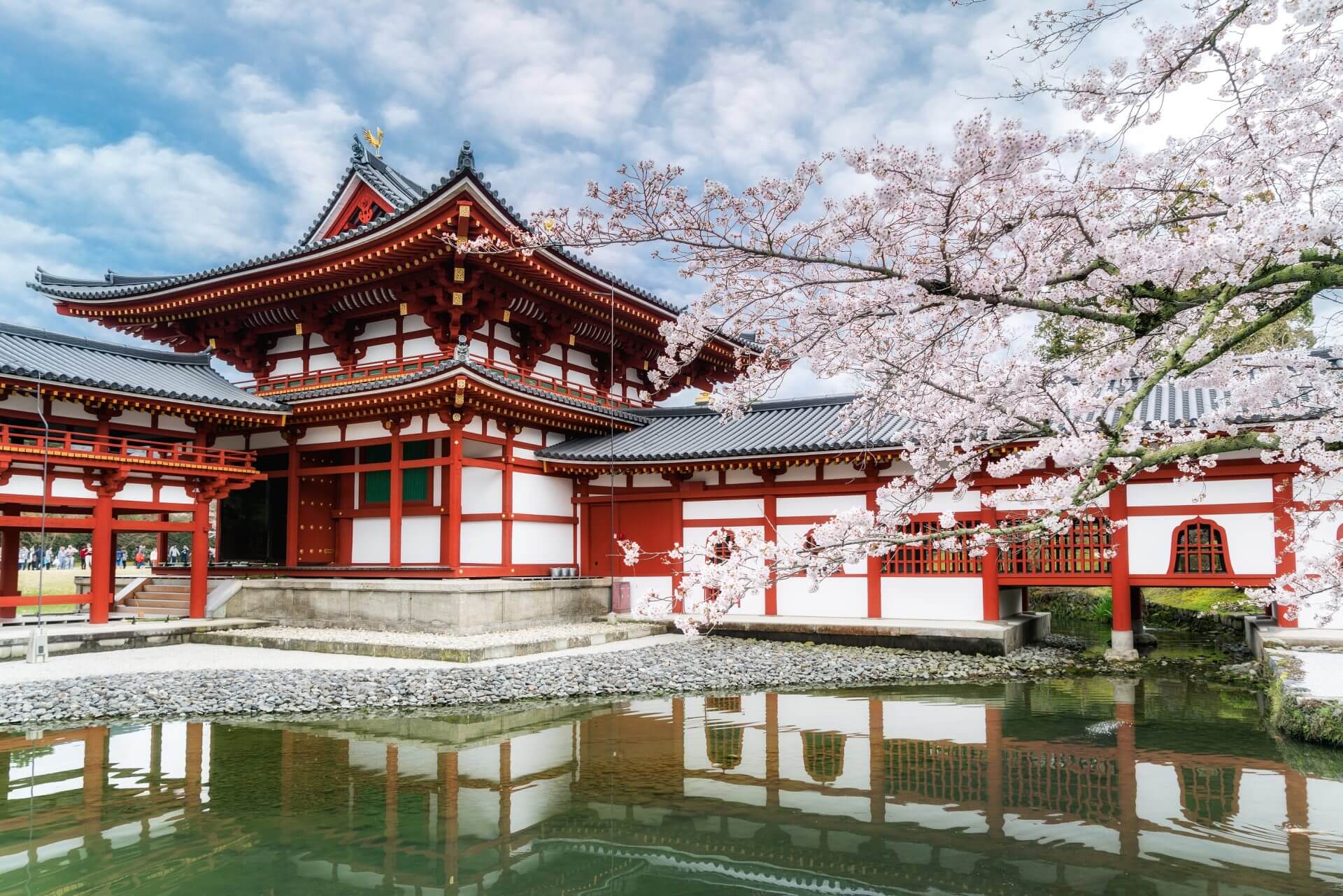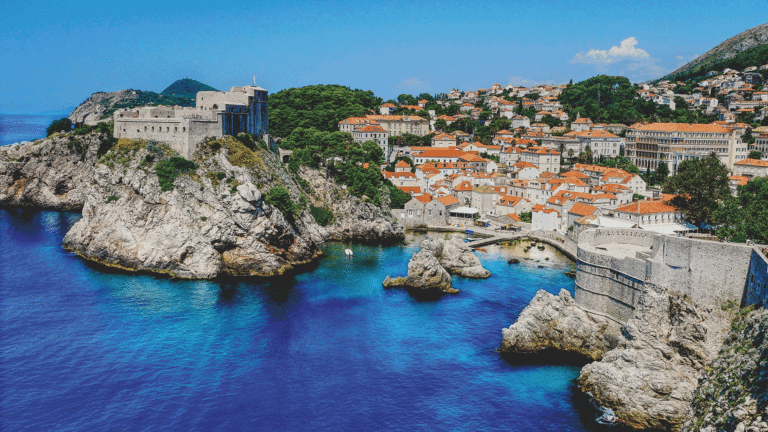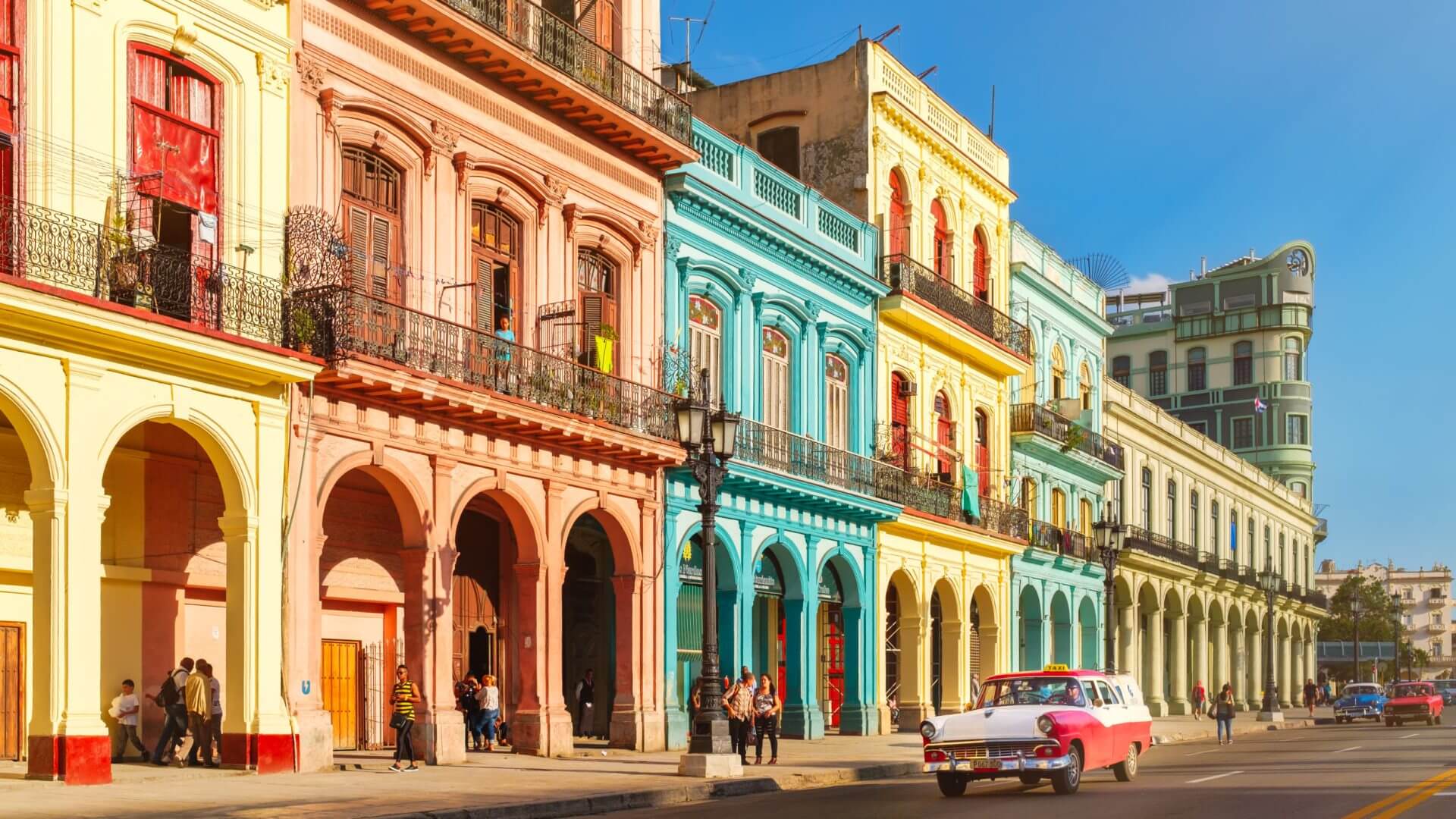According to tradition, Jerusalem’s Old City is divided into four districts: the Jewish Quarter, Christian Quarter, Muslim Quarter and Armenian Quarter. One of the most captivating of these four quarters is the Jewish Quarter where military history started from the ancient times of Roman Emperor Hadrian who set up a Roman camp on those lands in the 135 year. Combining Roman civilization with Jewish traditions, Hadrian added new structures, specific to Roman Empire like Roman baths and gave a new historical sense to those lands.
The walls of Old City Jerusalem, which are 4 km in length, were built in the first half of the sixteenth century by Suleiman the Magnificent, a Turkish Padishah. The walls had eight gates at one point, but only seven are preserved until today. This area combines public buildings and modern commercial culture with wide streets and imposing buildings that give this part of town the air of a great capital. Those living inside the walls experienced continuous growth since the second half of the nineteenth century.
In fact, the gradual increase of the population within the Old City led to the development of new neighborhoods built outside of the walls. In 1858, Jews built the first district in the west of the old fortress Mishkenot Sha’ananim, and shortly the Yemin Moshe districts and Nahalat Shivah in the northwest followed. Around the same time, Christian churches began to emerge in addition to various charitable and educational institutions. Outside the walls, many hotels were erected in order to provide accommodations for the increasing numbers of visitors to the city.
The first Jewish neighborhoods contained very compact buildings, primarily for security reasons. The Yemin Moshe neighborhood was surrounded by a wall and gate that closes every night. The houses here are distinguished as the architectural homes of the wealthy philanthropist who helped new Jewish communities outside the walls.
Another neighborhood particularly important until today, was founded in 1874, bearing the name Me’ah She’ar. Religious Jews settled in the Old City, which has remained as a central site of importance for the Orthodox community.
One of the main touring destinations of the Jewish Quarter is the Wailing Wall (Western Wall) which is about 2,000 years old and stands along the western edge of the Temple Mount. The Wall was built by King Herod in the expansion of the Temple. The Western Wall was the main Jewish pilgrimage site during the Ottoman occupation and =legend says that the Jews were lamenting regarding the destruction of their Temple by the Romans and this is how the wall gained the name of “Wailing Wall”.
Today, Jerusalem from the Bible is like a medieval fortress surrounded by high stone walls and thick in polygonal form, which are grouped by region within the major monotheistic religion’s followers. Each major religion is represented by its own quarter within the walls of the city, all coming to these holy sites for the power of their histories.

